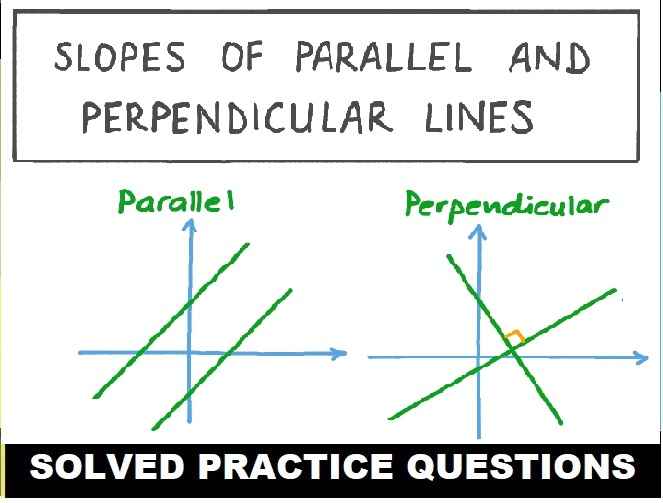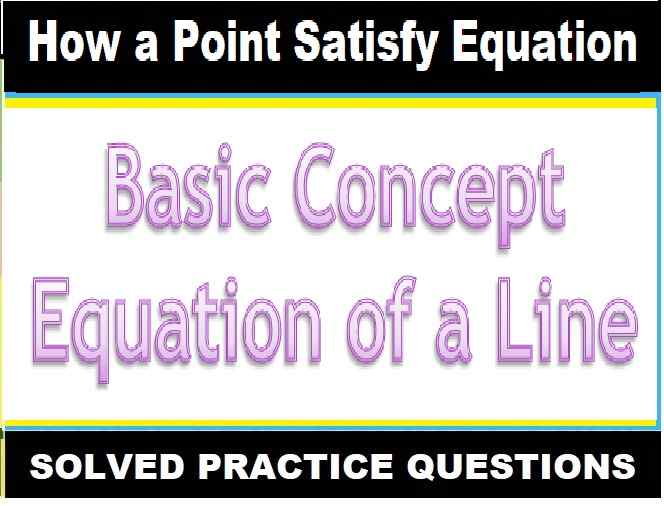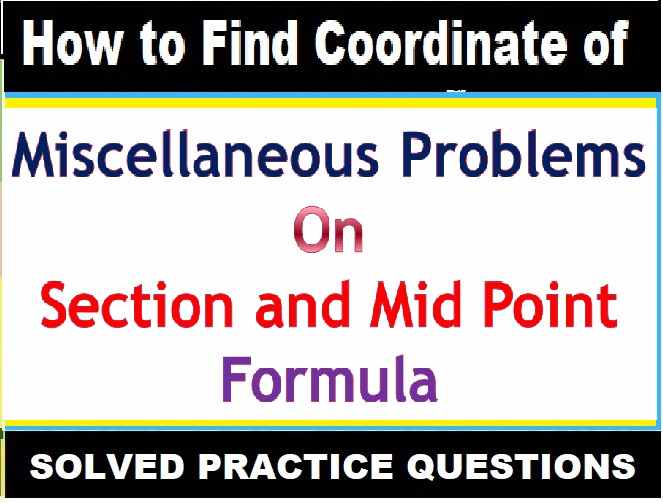Reproductive System ICSE Progress check Class-10 Concise Selina Biology Solutions Chapter-13. We Provide Step by Step Answer of Progress Check 1,2,3, MCQs, Very Short Answer Type, Short Answer Type, Descriptive Answer Type Questions and Structured / Applications / Skill Type Questions of Exercise-13 Reproductive System ICSE Class-10 . Visit official Website CISCE for detail information about ICSE Board Class-10.
| Board | ICSE |
| Publications | Selina Publishers PVT LTD |
| Subject | Concise Biology |
| Class | 10th |
| writer | HS Vishnoi |
| Chapter-13 | Reproductive System |
| Topics | Solutions of Progress check 1, 2, 3 and MCQs, Very Short , Short, Descriptive and Structural/Skill Questions, |
| Edition | 2021-2022 |
Reproductive System ICSE Progress check Class-10 Concise Selina Biology
-: Select Topics :-
Progress Check 2
Progress Check 3
MCQs, Very Short , Short, Descriptive and Structural/Skill Questions
Progress Check-1
Reproductive System ICSE Progress check Class-10 Concise Selina Biology
Page 170
Question 1:
Tick-mark the correct meaning of reproduction
(i) increase in population
(ii) increase in the number of parents
(iii) production of new individuals of the same kind.
(iv) production of identical individuals
Answer :
(iii) production of new individuals of the same kind.
Question 2:
State very briefly the chief function of each of the following:
(i) Seminal vesicles
(ii) Prostate gland
(iii) Cowper’s gland
(iv) Sperm duct (vas deferens)
Answer :
(i) Their secretion provides an energy source for the sperms and neutralizes the acidic medium in the urethra and female tract.
(ii) It secretes alkaline fluid into the semen. This fluid neutralizes the acidity of urine in the urogenital canal.
(iii) Its secretion lubricates the end of the penis during copulation and neutralizes the acidic environment of the urethra.
(iv) The sperm duct allows the transportation of the sperm from the epididymis to the penis.
Progress Check-2
Reproductive System ICSE Progress check Class-10 Concise Selina Biology
Page 173
Question 1:
state whether the following statements are True (T) or False (F) :
(i) One egg is released from each of the two ovaries every month. T/F
(ii) The enlarged mature follicle bursts to release the egg. T/F
(iii) The egg is passed down through the oviduct by muscular contractions. T/F
(iv) Clitoris is equivalent to the male penis. T/F
(v) The vagina is a muscular tube. T/F
Answer :
(i) False
(ii) True
(iii)True
(iv) False
(v) True
Progress Check-3
Reproductive System ICSE Progress check Class-10 Concise Selina Biology
Page 179
Question 1:
Name the three main regions of the human sperm, and briefly mention the function of each.
Answer :
(i) Acrosome
Function : It secretes an enzyme called hyaluronidase at the time of fertilization. This enzyme dissolved the membranous covering of the ovum to facilitate the entry of sperm into the ovum
(ii) Tail
Function : The sperm needs to move properly through the female reproductive tract. The tail contributes to its mobility. It moves back and forth that results in a sliding motion.
(iii) The middle piece or body of the sperm
Function : This part consists of mitochondria. It caters to the energy requirements of a sperm. This energy is required to traverse through the female reproductive tract.
Question 2:
Name the following :
(i) Three accessory glands of human male reproductive system.
(ii) Two hormones secreted from placenta.
(iii) Two types of twins.
(iv) Two layers of the wall of uterus.
Answer :
(i) The accessory glands of the male reproductive system are the seminal vesicles, prostate gland, and the bulbourethral glands.
(ii) The placenta produces two steroid hormones –oestrogen and progesterone.
(iii) There are two types of twins – identical (monozygotic) and fraternal (dizygotic).
(iv) Myometrium
Question 3:
List the substances which the foetus receives from the mother through placenta
Answer :
Oxygen
Nutrients
The placenta primarily helps in the transfer of oxygen and nutrients from the mother’s blood to the foetus. Moreover, it also produces hormones to indicate the baby’s needs to the mother.
Question 4:
How are carbon dioxide and urea, excreted by the foetus, removed?
Answer :
The nitrogenous wastes that are formed by the foetus are transferred from its blood into the mother’s blood, through the placenta. This waste is then carried on to the kidneys of the mother.
Question 5:
Write one sentence each using the following terms pertaining to reproduction in humans.
(i) Gestation
(ii) 280 days
(iii) Head first
(iv) Placenta
(v) After-birth
(vi) Tied and cut
Answer :
(i) Gestation is the full term of the development of an embryo in the uterus. 280 days in humans.
(ii) The normal gestation period for humans is 280 days.
(iii) When childbirth occurs, it happens with the head of the baby that comes out first.
(iv) Placenta supplies nutrition and oxygen to the foetus.
(v) After birth refers to the discharge that is given out through the vagina after the child is born. It consists of the placenta and the foetal membranes.
(vi) The umbilical cord, is tied and cut as soon as the child birth occurs.
Question 6:
Does the foetus inside the mothers uterus breathe ? Yes/No
Answer :
No.
The foetus is provided with oxygen through the placenta.
The placenta is connected to the fetus with the umbilical cord. The umbilical cord has three blood vessels – two arteries and one vein. The oxygen is supplied through blood to the foetus.
Question 7:
Mention if the following statements are True (T) or False (F)
(i) Placenta produces certain hormones. 1/F
(ii) Amniotic fluid serves to provide oxygen to the foetus. T/F
(iii) Heart and blood vessels have been formed by the end of five weeks of pregnancy. T/F
(iv) Mother’s blood flows into the foetus through placenta. T/F
Answer :
(i) True.
(ii) False
(iii) True
(iv) False
Question 8:
Complete the following by filling in the blanks 1 to 5 with appropriate words :
The human female gonads are ovaries. A maturing egg in the ovary is present in a sac of cells called ………………… (1). As the egg grows larger, the follicle enlarges and gets filled with a fluid and is now called the………………. (2) follicle. The process of releasing the egg from the ovary is called……………….. (3). The ovum is picked up by the oviducal funnel and fertilization takes place in the ……………. (4). In about a weak the blastocyst gets fixed in the endometrium of the uterus and this process is called …………….. (5).
Answer :
The human female gonads are ovaries. A maturing egg in the ovary is present in a sac of cells called follicle As the egg grows larger, the follicle enlarges and gets filled with a fluid and is now called the Graafian follicle. The process of releasing the egg from the ovary is called ovulation. The ovum is picked up by the oviduct funnel and fertilisation takes place in the oviduct . In about a week, the blastocyst gets fixed in the endometrium of the uterus and this process is called implantation.
Return to Concise Selina ICSE Biology Class-10
Thanks


